Galápagos Islands: What can the world learn from this unique paradise?
by Jakob Horvat, June 19th 2017, Puerto Ayora/Santa Cruz IslandWorld famous for their abundance of unique species – both in flora and fauna – Galápagos Islands are a paradise of an extraordinary kind. Humans and animals seem to share their environment in perfect harmony. Conserving this unprecedented place takes a lot of work though, the dedication of many and strict rules. I spent one week there and visited five of over 100 islands that form the archipelago. I couldn’t help wondering, what we – the rest of the world – can learn from this exceptional way of treating nature. One thing upfront: there is a lot!
The sand between my toes is as fine as smooth flour and so white that the reflection of the sun hurts my eyes. The surprisingly cold water appears in fifty shades of turquoise and the protected bay makes the water calm like a swimming pool. No doubt, Bahia Gardner on the island Española meets all the expectations one has when thinking about a tropical dream beach. CNN ranked it among the TOP-20-beaches in the world. Actually, it’s the most beautiful beach I’ve ever been on – and I have been on one or two. But the Galápagos Islands offer more than that. When approaching the beach with the Dinghy-boat, I could see around two dozen sea lions rolling in the sand and bathing in the sun. They didn’t move when we landed right next to them. They were not scared. They came to play.
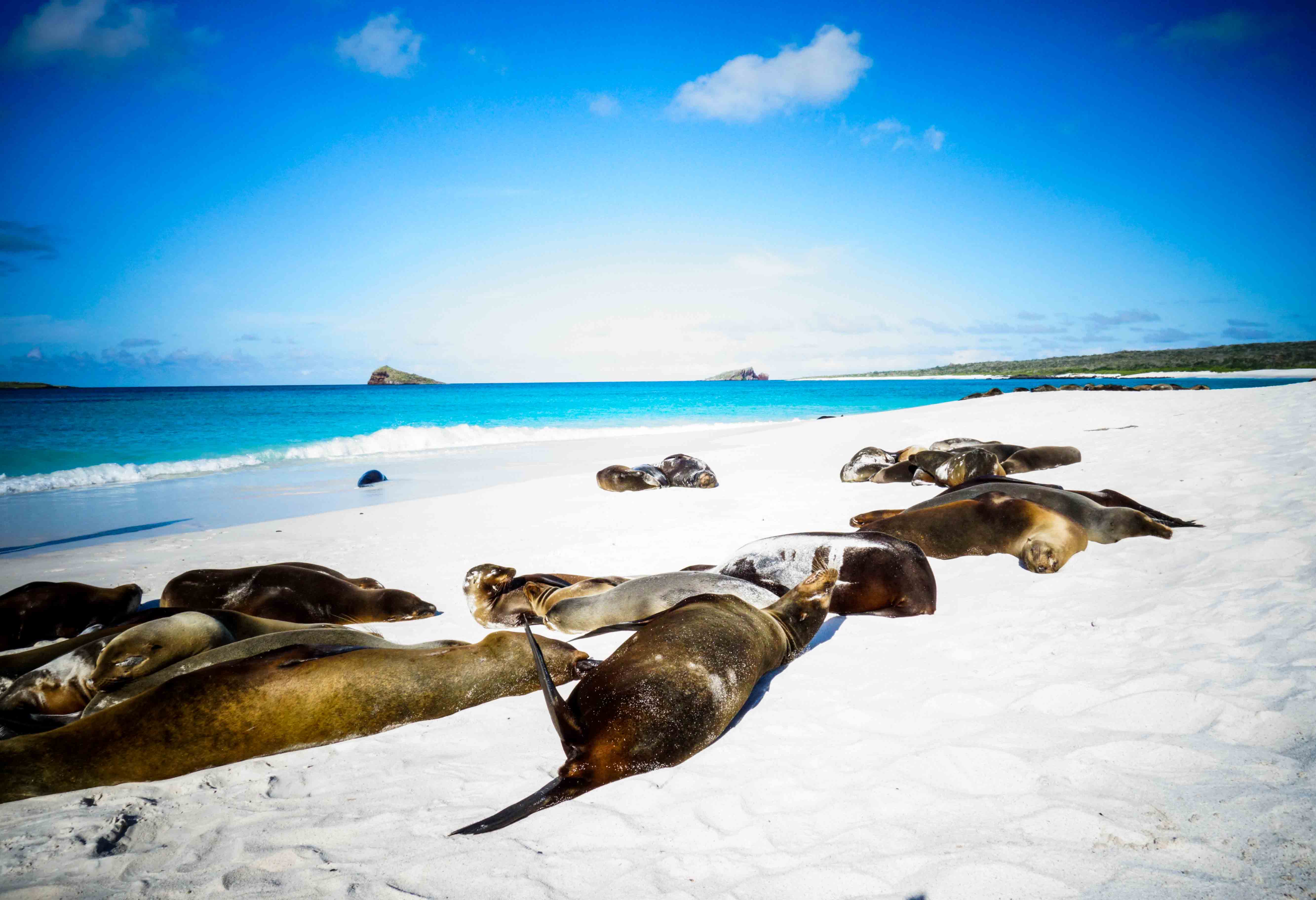
Where animals have never learned to fear humans
In the port of Puerto Ayora, the biggest town on the archipelago, fishermen sold their catches on a busy square. A bunch of tourists were taking pictures. What’s so special about fishermen selling fish, I wondered. I was curious and as I got closer I could see the focus of attention: a sea lion sitting next to the fisher’s table, barking and hoping for some goodies like a Labrador does under the kitchen table. The scenery was unreal and yet seemed so natural that I initially couldn’t form any smarter thought than: „What a lazy sea lion waiting for cheap food here – how cute!“ Their natural habitat is a paradise, where animals have never learned to fear humans.
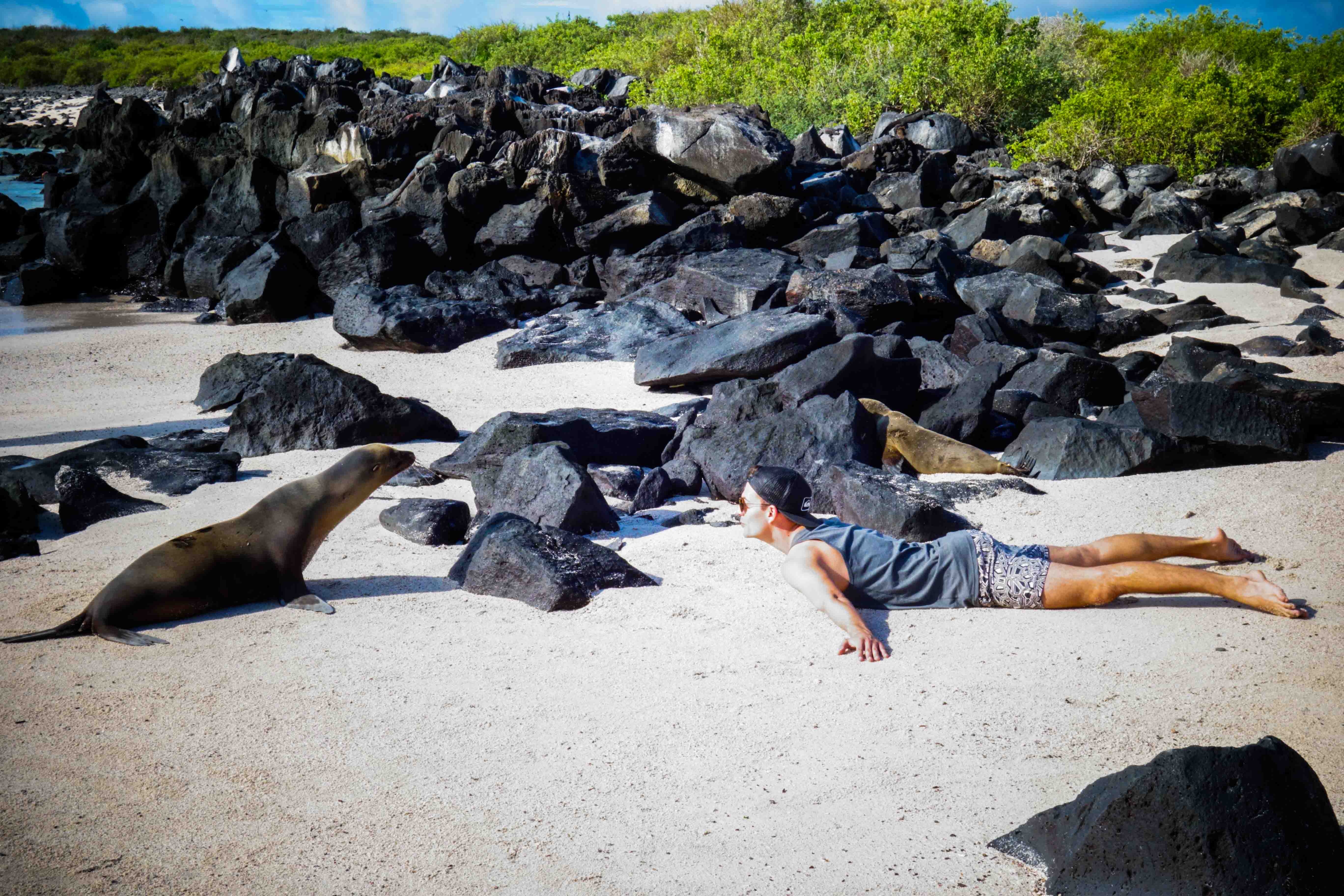
Where animals have never learned to fear humans, sea lions come to play.
Darwin’s inspiration
The archipelago of Galápagos is located around 1000 kilometers west from the mainland of Ecuador. Continuous eruptions from volcanoes that spurted from the sea floor of the Pacific Ocean created around 130 islands in the course of millions of years. Ocean currents from different directions deliver different climates to the archipelago. José Marin Garrin is the science coordinator of the Darwin research station in Santa Cruz, he shares his knowledge: „An undercurrent from the west delivers cold and nutritious water from the deep ocean and allows the high productivity of flora and fauna that the Galápagos Islands are world famous for. After all, Galápagos unites an unparalleled abundance of flora and fauna and inhabits more unique species than any other place in the world.” Nowhere in the world is the evolution of species demonstrated with such clarity and this natural laboratory captivates scientists throughout the world. The first one was Charles Darwin in 1835. The Galápagos Islands inspired him to his theory of evolution, which revolutionized science.
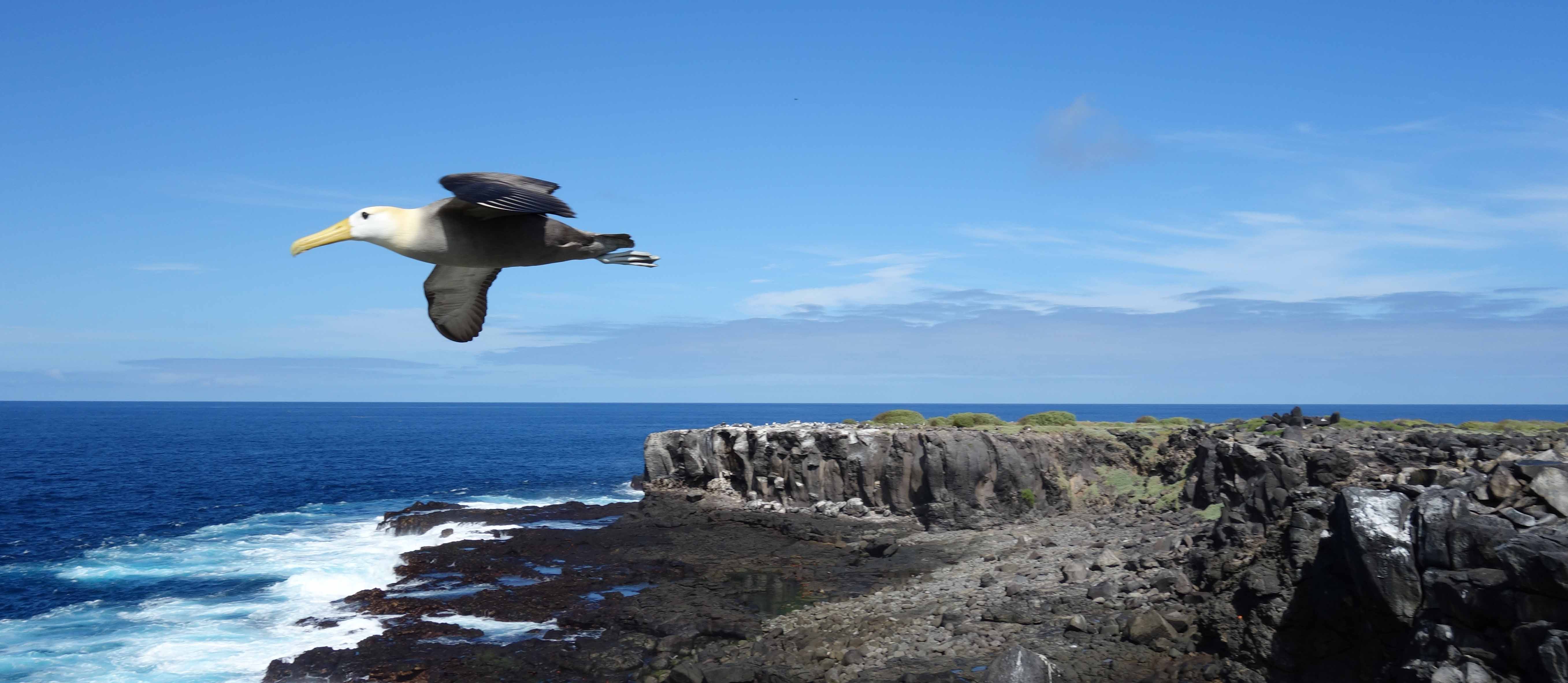
An expensive tourist magnet
No big surprise that annually over 200.000 tourists come to explore this wonder of nature – and the trend is rising. Visiting the Galápagos Islands is expensive though. Just the migration fee is 100$. Food, drinks, accommodation and tour prices are at least three times as high as on the Ecuadorian mainland, where Galápagos belongs to. A beer in a bar is around 5$ and a decent meal over 10$ – in the local restaurants, away from the tourist areas, a bit cheaper. Needless to mention, that this went far beyond my rather tight travel budget. I had to come up with creative ways of cheating myself to make this happen. I named it a „vacation“ from traveling, transferred money from my long-term-savings– to my travel–account and excused it with „when will I ever again have the chance to see that“–stuff. In one week, I spent more than what I usually spend in a whole month of traveling. I don’t regret a single cent.
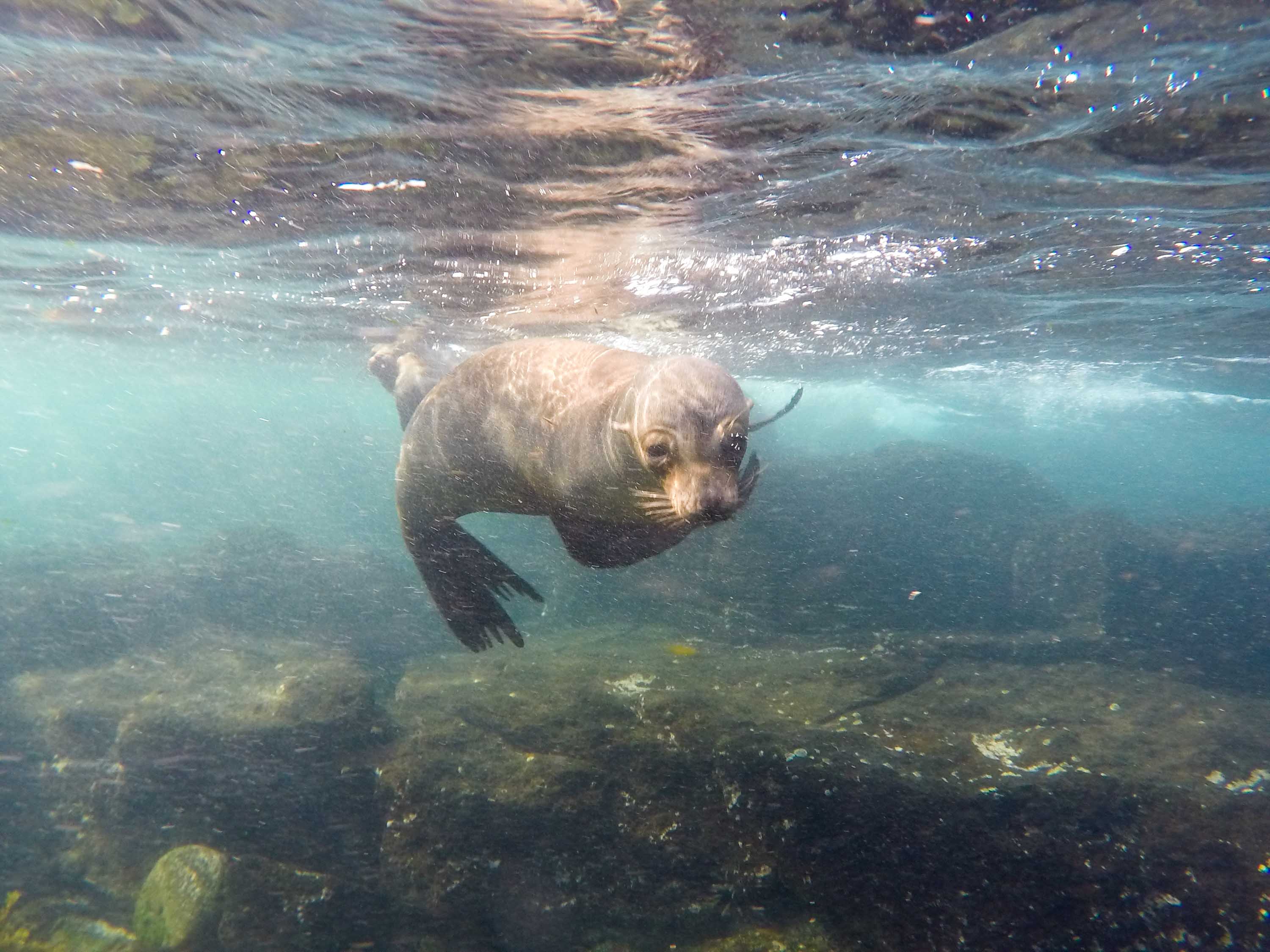
Snorkeling with sea lions at Isla Floreana
As threatening as tourism is to the archipelago, as important is it
The tourist’s money supports the conservation. Their experiences exported in the world help to raise awareness. As tourist guides told me, most of them come with serious interests for nature and wildlife conservation. „But some just don’t care. They think only because they pay a lot of money to be here, they can behave disrespectful and do whatever they want“, shares naturalist guide Sergio Bazan. „I remember one couple that tried to steal an Iguana in their backpack. They got caught on the airport and went to jail for three months.“
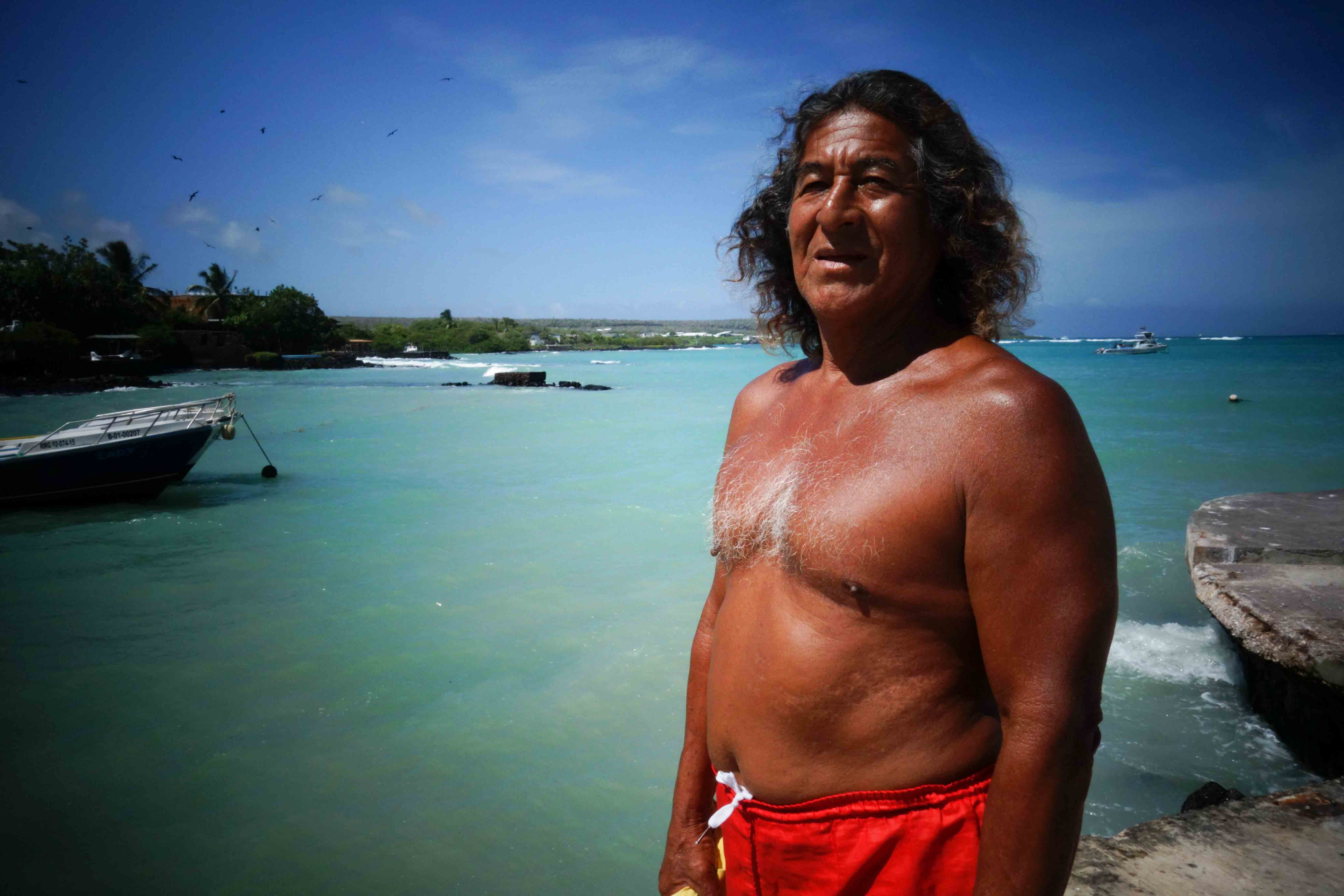
Naturalist guide since 32 years: Sergio Bazan
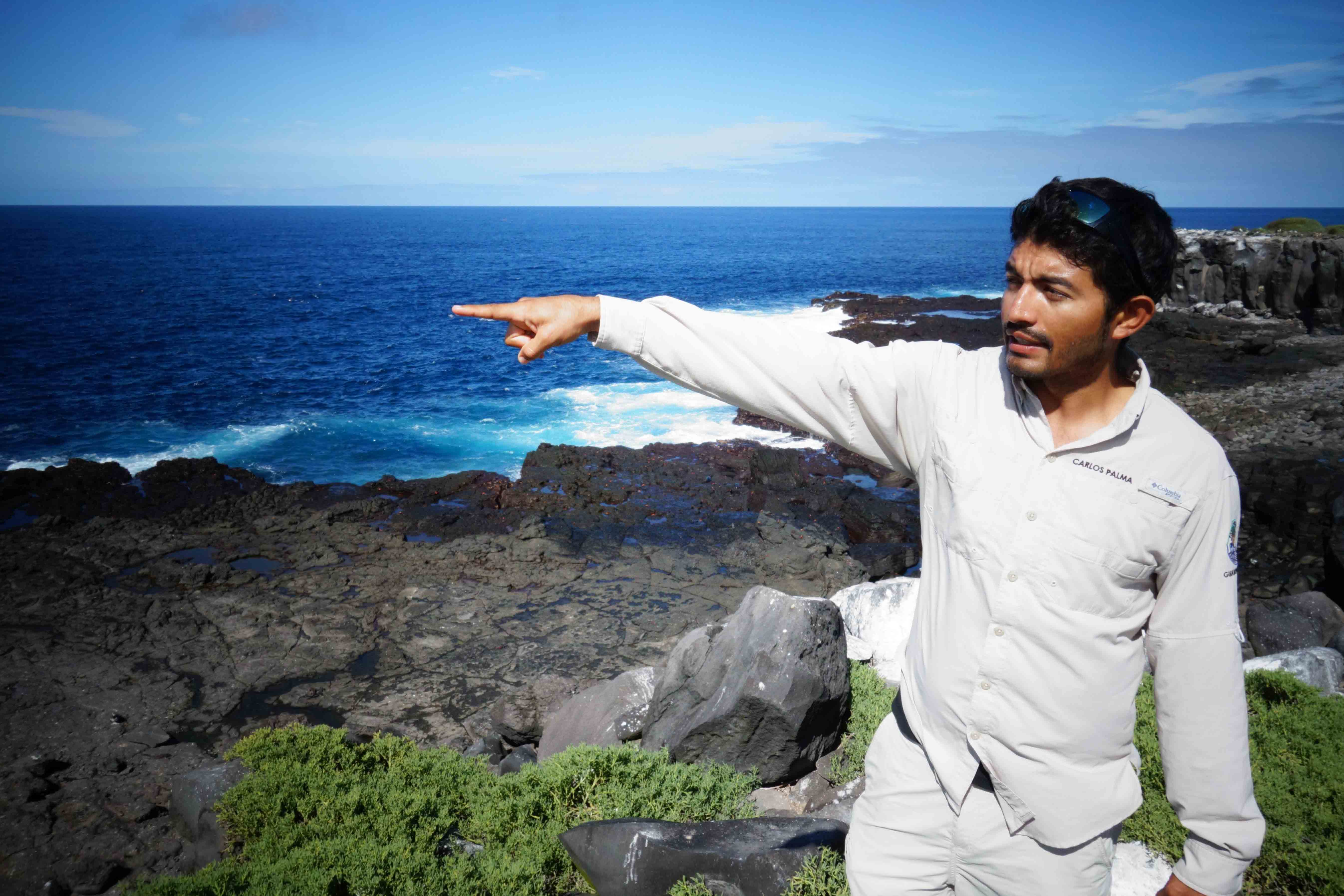
Naturalist guide Carlos Palma – born on the Galápagos Islands
And what about the residents?
In the very beginnings of the colonialization of the Galápagos Islands they had to send out prisoners as nobody wanted to live in this secluded place. Today, queues for permanent residency are miles long. Naturalist guide Carlos Palma has witnessed this process for a long time: „When I was born in 1989, the island of Santa Cruz had 3.000 residents. Today we have 25.000. The corruption is high and many rich people from other countries pay a lot of money to live here. That is a problem.“ Why? „Because resources are very limited on the islands. More people mean more need for electricity, more garbage, more imports, higher risks to accidentally introduce invasive species from the main land that compete with native communities.“
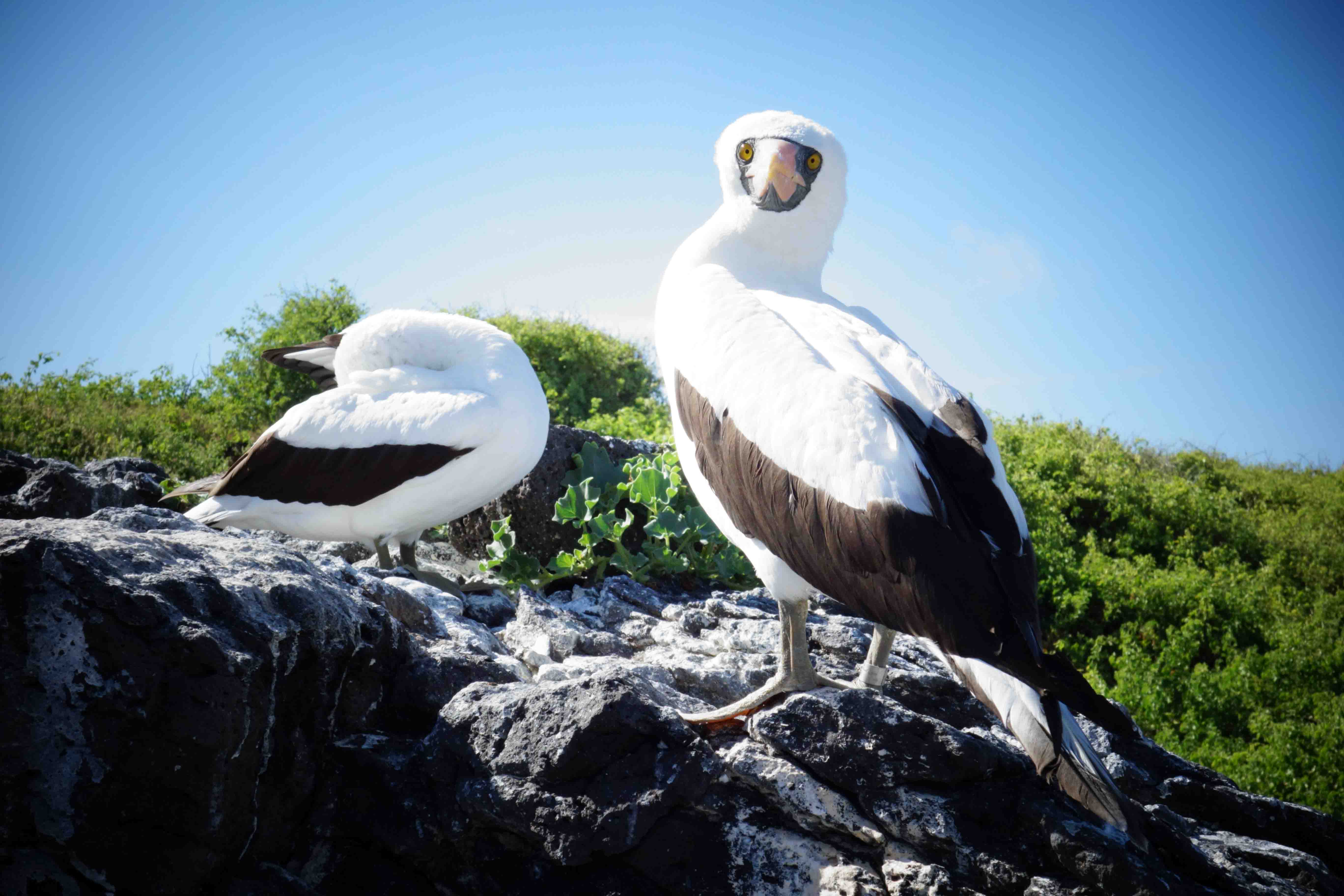
The famous “Boobies” on Isla Española
Tremendous efforts and strict rules to conserve this unique biodiversity
Most of the islands can only be visited with a guide. Those, who are caught breaking that rule, pay fines up to 12.000 Dollar. Tortuga Bay, a secluded and stunningly beautiful beach on the island of Santa Cruz, is closed by a park ranger at 5PM. I just played with the rolling waves when he whistled like a pool attendant and asked me to strike out for home. No sunset vibes on Number 10 of TripAdvisor’s best beaches in the world 2017. The rules also forbid to get to animals closer than two meters, let alone touching them. That can be hard as many of them came closer to me. Especially the sea lions were incredibly playful. The migration processes on airports and ports include meticulous luggage checks for plants, seeds or other invasive flora. I was almost surprised, when the migration lady allowed me to bring two apples in my carry on bag.
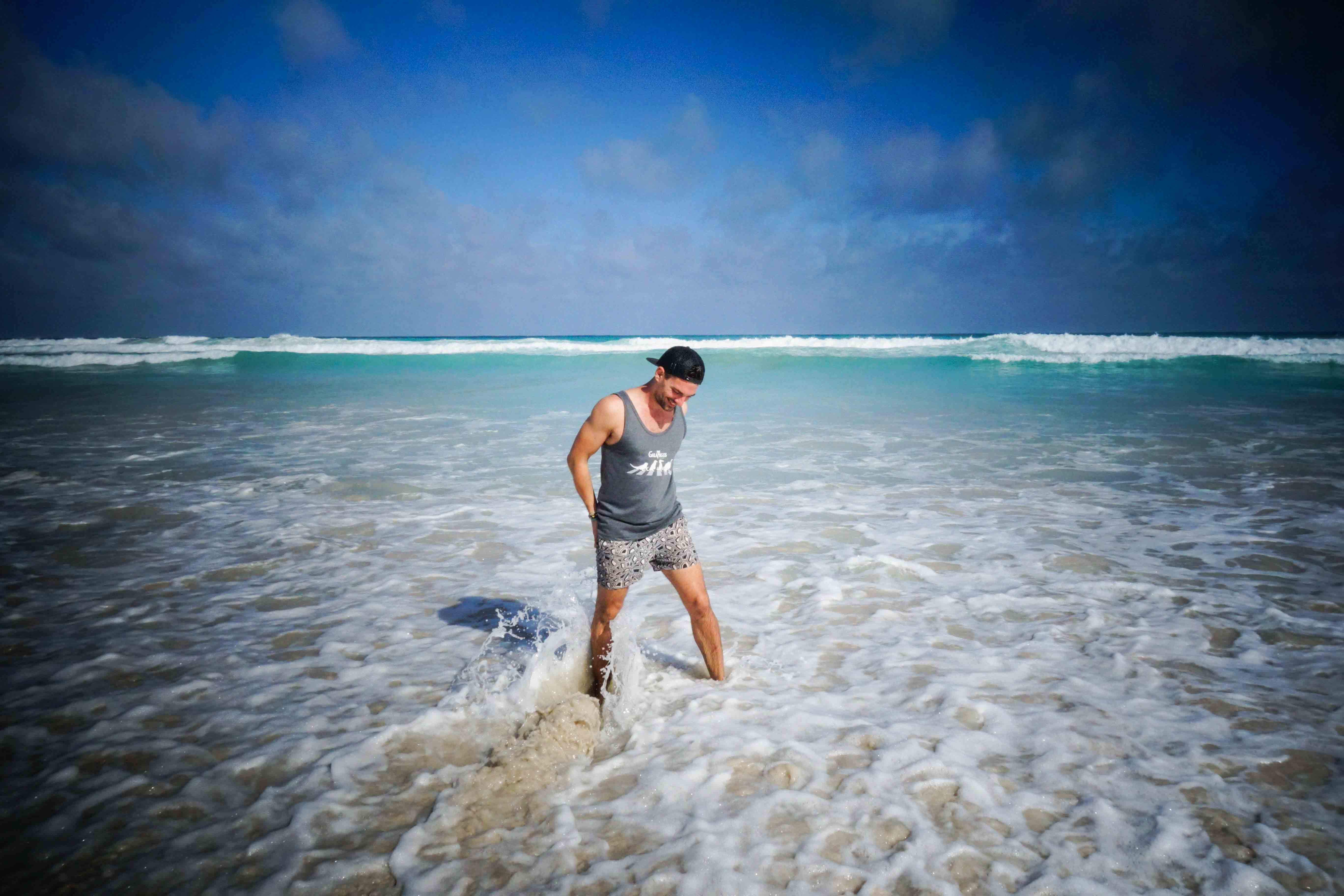
Humans need rules
„We want our kids to see what we can see,“ tells naturalist guide Sergio Bazan, „that’s why we need these rules.“ Although these rules somehow make me feel like a kid that needs to be taken care of, the ugly truth is: we need them! We, the human species, are obviously not able to bring our actions in harmony with our environment by ourselves. At least not on the big scale. We are the only species on the planet that destroys its own habitat. I’m not going into details here that all of us are well aware of anyway. But if it is so much work to conserve such a small secluded place in the Pacific Ocean, how much work will it be to conserve the whole planet? How much time will it need? And why do we – despite all evidence – still have such a hard time to take serious action to protect our environment and let go of what destroys it? Questions, I’m wondering about more than ever since I spent one week on these „islands of the blessed“.

Turtles are raised in the Darwin research station to help conserve the communities. It takes 8 years until they can be released.
One short anecdote from guide Carlos Palma that fits this topic so terribly well:
„Fishery is well regulated here. Fishermen have strict rules and can only fish low amounts of certain fish species and fisher from other countries are not allowed. The sentence for violating this law is two years of jail. These rules apply up to 40 miles outside the Galápagos triangle. Outside this safety zone starts the „real world“ with all its cruelty. On the GPS boat tracking systems we see cities of ships floating next to this border waiting for the fish – especially Tunas – to come out. And they catch them! Including the infamous by-catches of manta rays, dolphins, sea lions and sharks.“
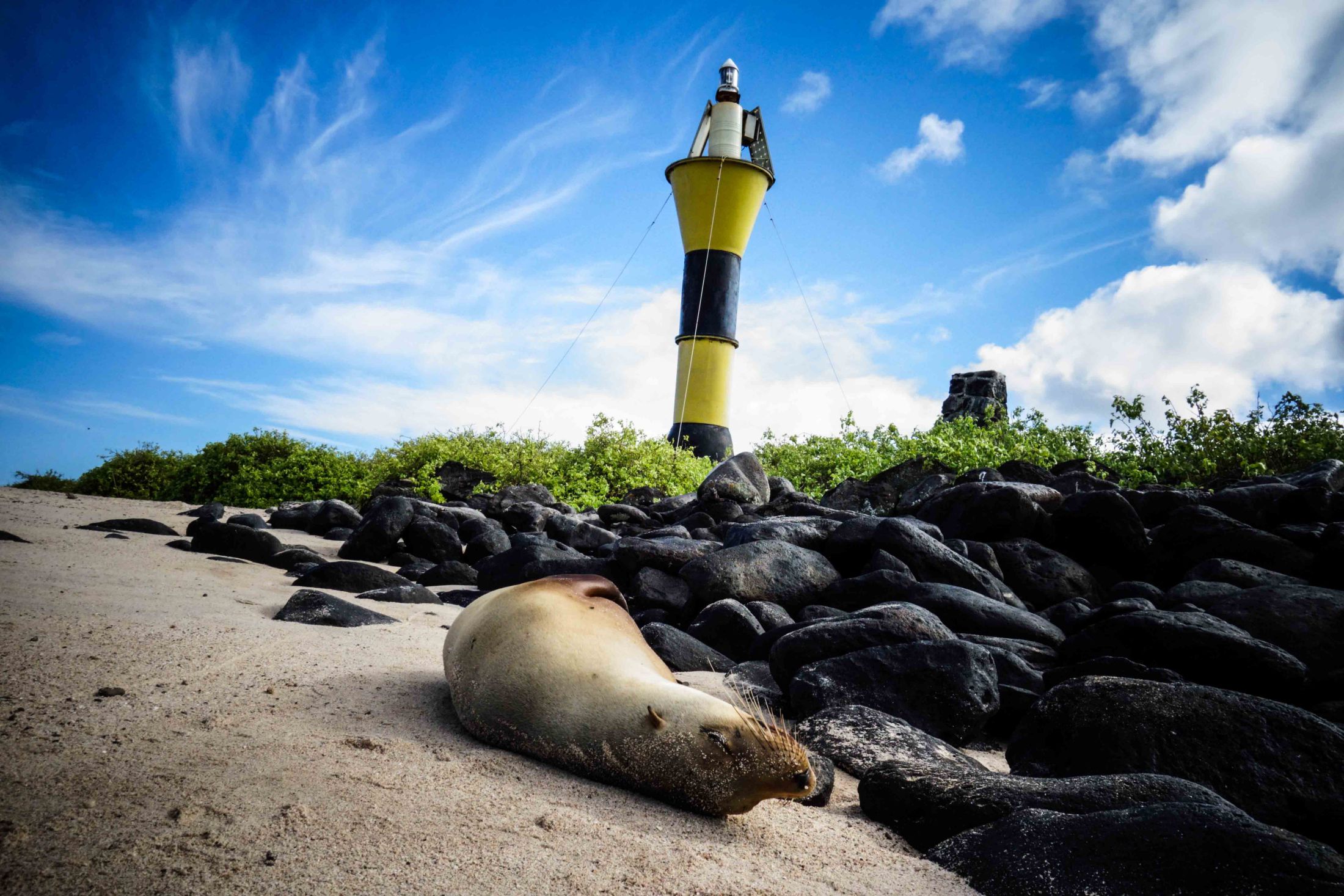
Sea lions can live in peace in the safety zone of the Galápagos Islands. Right outside they are by-catches from industrial fishery.
What can the world learn from the Galapagos Islands?
I talked to naturalist guides, scientists, residents and tourists. It seems that – beside the strict rules – there is another main reason for the success of conserving this paradise until today:
Consciousness and awareness about environmental protection, taught from the very childhood!
Shilpa, a tourist from India, told me about her experience: „I took a photo of an Iguana and a resident kid – not older than 7 – came and advised me to keep the distance of two meters. This respect towards nature from even a small kid really impressed me.“ Respecting nature is a tradition here, a cultural thing. It is laid in children’s cradles.
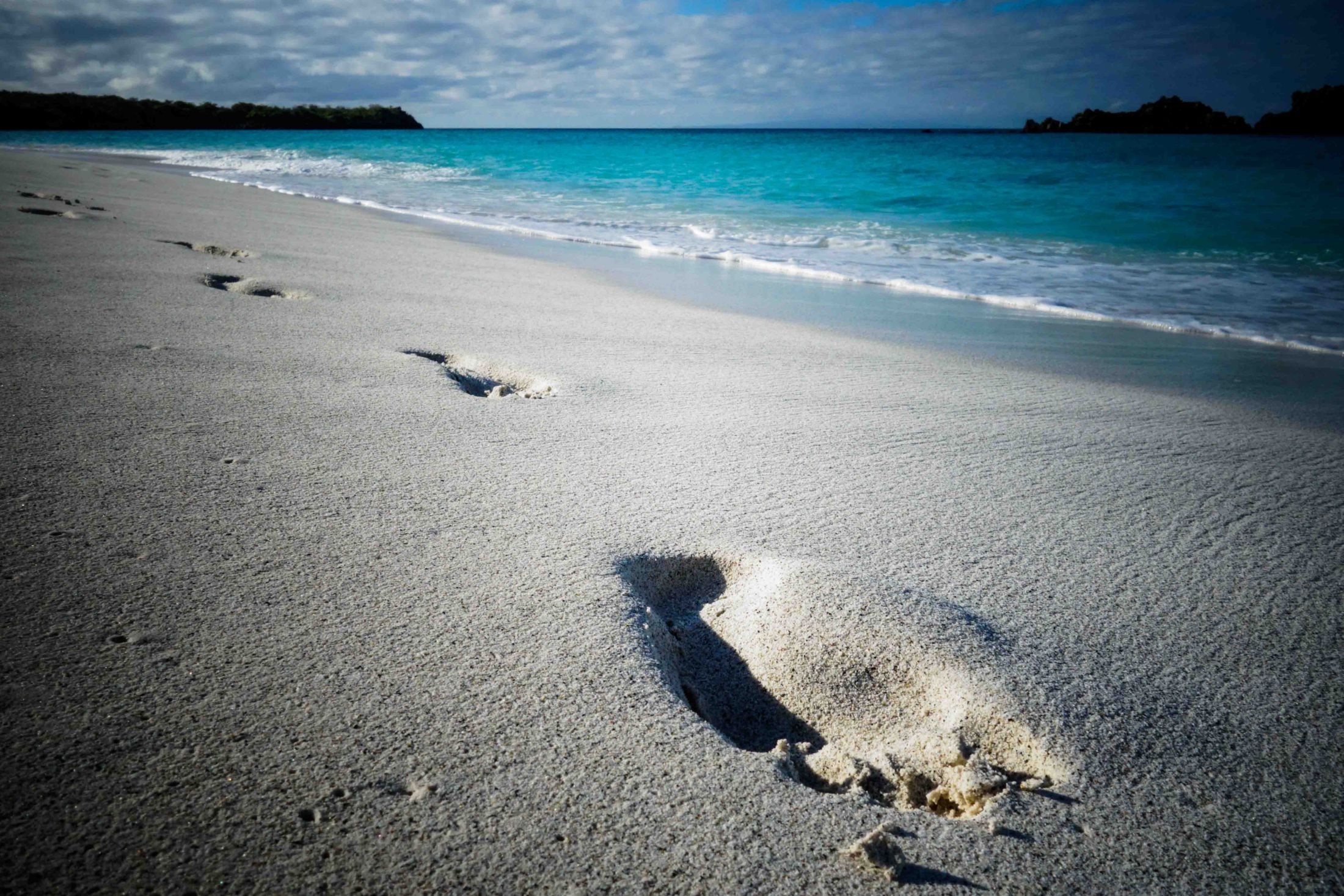
Serious consciousness about the footprints we are leaving on our planet – an important first step!
We learn about biology in school, about geography and history. But how much time do we actually invest in teaching children how to treat the environment in a sustainable way?
How much effort do we put in raising awareness from the very beginning? Not enough, I’d say. One doesn’t need to be a huge pessimist to assume, that strict Galápagos-style-rules will not work on the big scale. Attempts to establish them worldwide will drown in the oceans of bureaucracies between countries, political interests and the greed of companies. Unless we reach a critical mass that cultivates a respectful way of treating nature – and teaches it to their children from the very moment they are capable of saying: Galápagos.
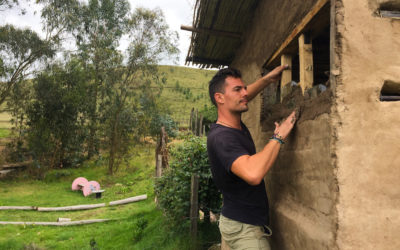
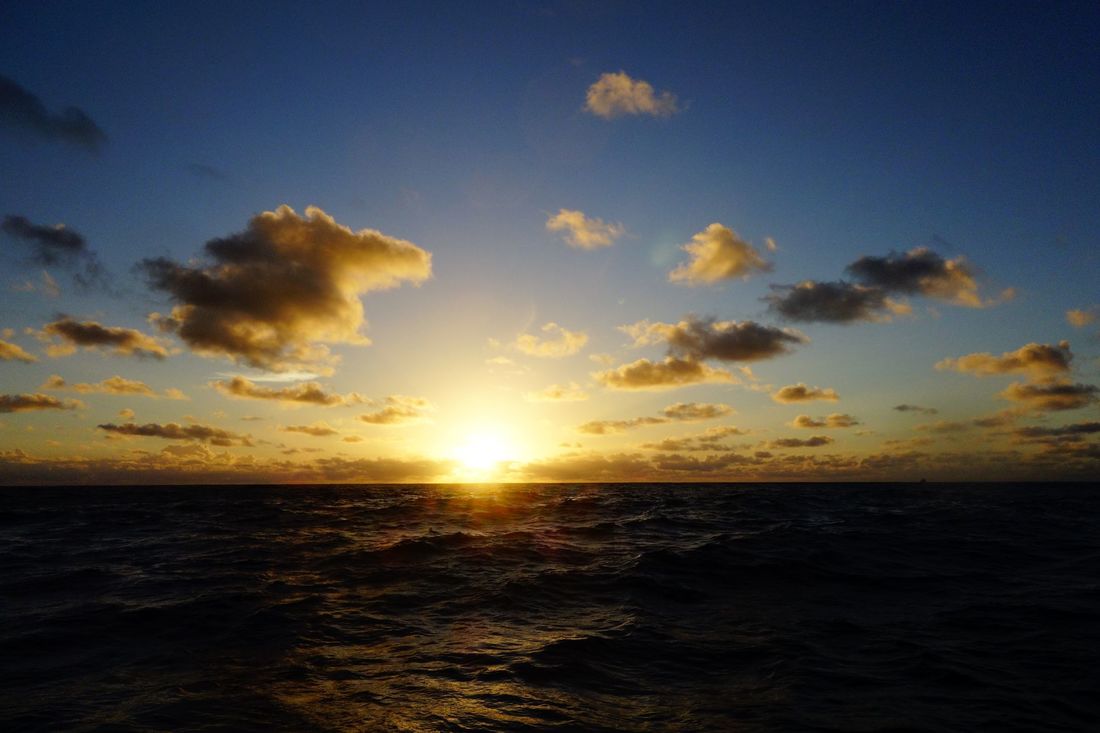
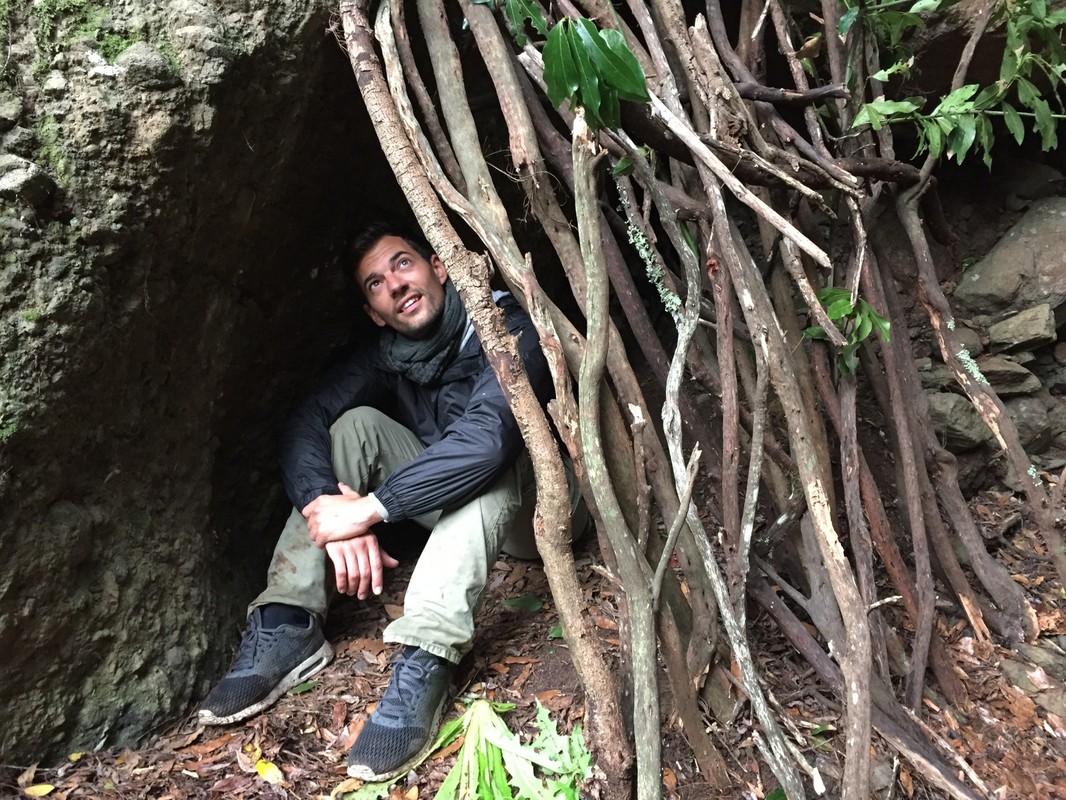

Hmm іt seems like your site ate my first comment (it was super long) so I guess I’ll just sum
it up what I submitted and say, I’m thoroughly
enjoying yߋur blog. I too am an aspiring blog writer but I’m still new to everything.
Do you have any tips and hints for rookie blog writers?
I’d сertainly appreciate it.
hey there, cool that you reach out and glad you like my blog. I’ll shoot you a msg to your mail address, happy to share with you what I know. Aloha from Hawaii
Mail didn’t work out. Send me a msg to mail@thousandfirststeps.com, might be easier